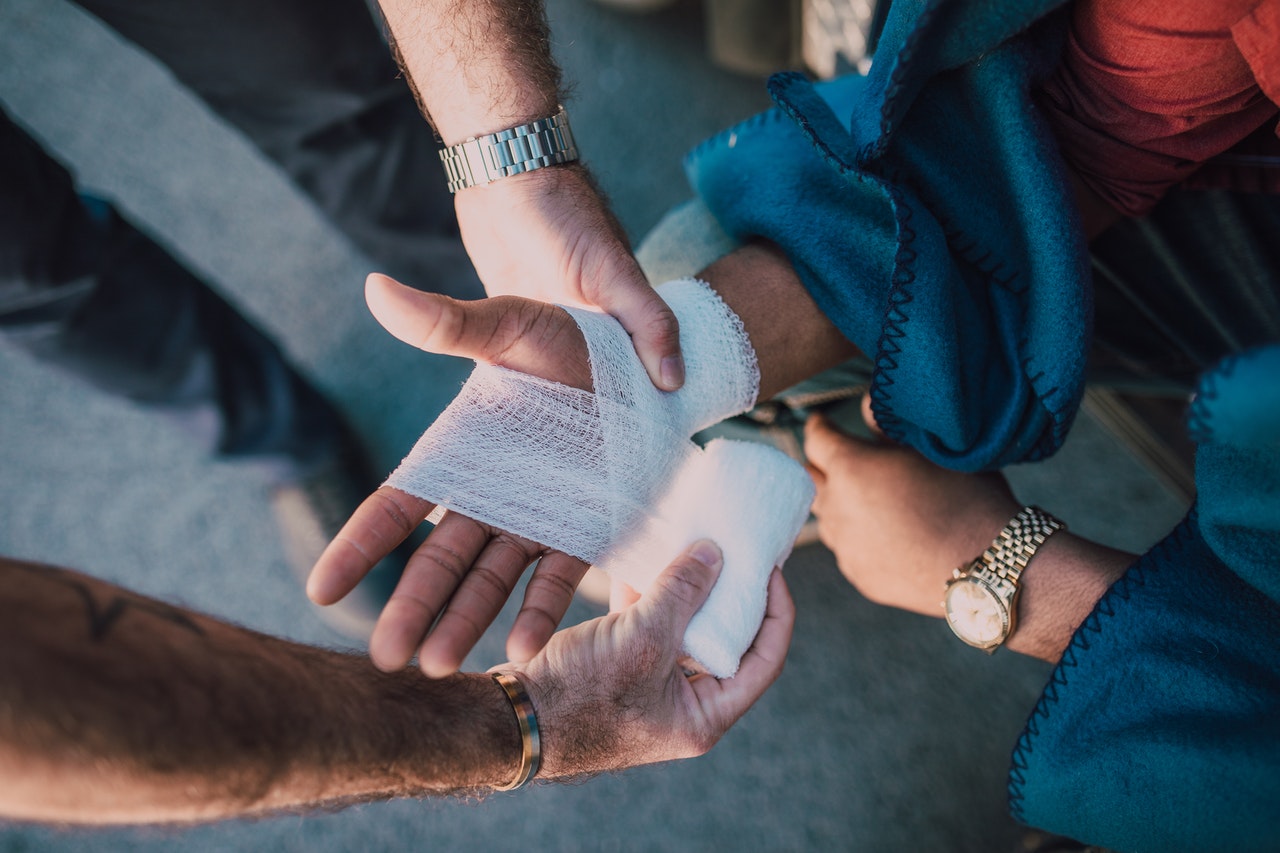Bleeding involves blood escaping the circulatory system. Severe bleeding may cause hypovolemia which massively reduces blood volume. In extreme cases, it may cause death by exsanguination if left unattended. Every workplace has different hazards, which increases the chances of employees experiencing injuries.
Some of the dangers that can cause severe bleeding include incisions, punctures, lacerations, and crushing. These hazards are presented differently based on the organizational operations. Production factories and construction sites have higher incidences of injuries due to the machinery and tools present. This article highlights practical steps in which you can address severe bleeding at the workplace.
First Aid Training
While this guide helps treat severe blood loss, ensure you learn more at MyCPR NOW about providing medical assistance in emergencies. Having a certification in first aid will increase your confidence in giving first aid and saving lives.
Here are steps that can help in administering first aid to a casualty in the workplace.
Apply Pressure on the Wound
The first step is to apply pressure to the wound using a clean cloth or your hands. Remember, open wounds increase the risk of infection. So it is advisable to wear gloves to prevent any form of infection from being transmitted between you two.
Applying direct pressure on the wound can help reduce bleeding. If there is an embedded object, do not pull it out as it can help reduce bleeding. Do not apply pressure on the object but rather on the areas surrounding the object.
Clean and Dress the Wound Firmly
Remove any dirt from the wound and dress it firmly with a bandage to maintain pressure on the wound. Make sure it is not too tight to ensure it does not restrict blood flow.
Keep Checking the Blood Circulation
Check on the blood circulation to ensure the bandage is not too tight. You can press on the victim’s skin or nails for approximately five seconds and then release it once it gets pale. In case the color does not return within three seconds, loosen the bandage.
Lay the Injured Person Down
Blood loss can cause shock on the casualty. You can treat this shock by laying them on a blanket or rug and then raising their legs at a higher level than the heart. Support their legs at this angle for a while to reduce the shock symptoms.
Ask for Emergency Help
If the bleeding does not stop, ask for emergency help. Call the emergency lines and give details of the extent of the injury and the location of the bleeding. In some cases, you may receive directions to stop the bleeding. It is also essential to learn ways to keep calm during such a crisis to avert panicking, which can worsen the situation.
You can ask your assistant to make the call as you attend to the casualty. If you are alone, you can place your phone in hands-free mode as you speak to the ambulance control. It will help you to follow closely the directions given.
If the casualty needs to seek professional help, you can share your locations for the ambulance to reach you. Meanwhile, if the bandage is soaked, do not remove the dressing as it could cause more blood loss. Instead, place another dressing on top to maintain the pressure. Keep monitoring the casualty until the ambulance arrives.
Conclusion
Injuries such as bleeding are common in the workplace due to the nature of operations carried out. Learning how to provide first aid can help reduce blood loss, saving lives. Hopefully, the steps outlined in this guide will help you treat bleeding in the workplace.


